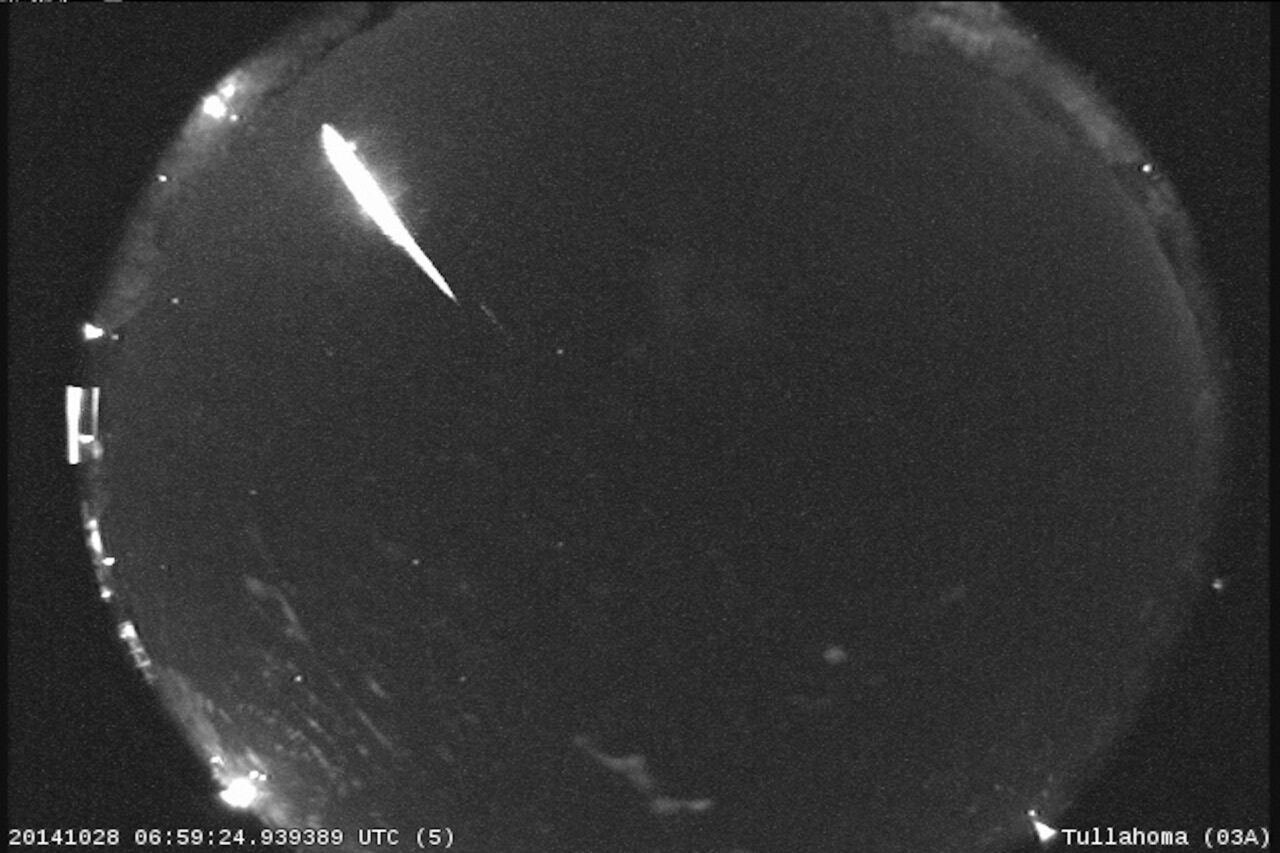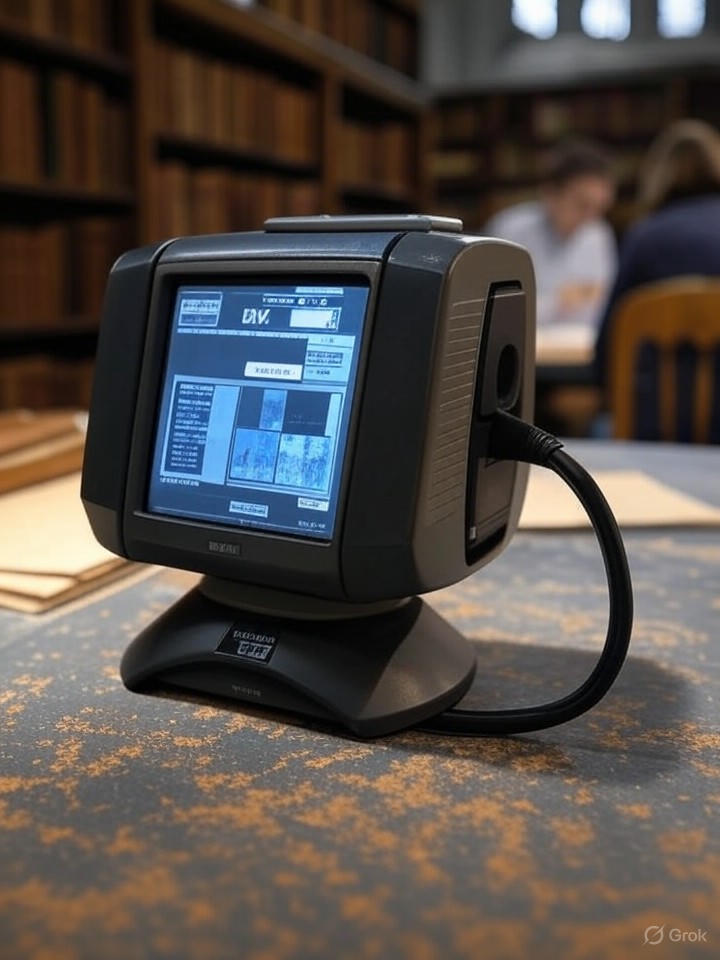Each autumn, Earth encounters a stream of debris from Comet Encke, resulting in a captivating display known as the Taurid meteor shower. As the planet passes through this debris field, it witnesses a series of stunning fireballs illuminating the night sky. However, a recent study raises concerns that the upcoming years could reveal a more perilous side to this annual event, particularly in 2032 and 2036.
Researchers from the University of New Mexico have published findings in the journal Acta Astronautica suggesting that the Taurid meteor shower may pose a greater risk than previously understood. Their study indicates that denser clusters of Near-Earth Objects could lead to increased impact threats during these years, particularly if larger fragments from the comet collide with Earth.
The Taurid meteor shower typically peaks from late October to early November, as it appears to radiate from the constellation Taurus. Comet Encke completes an orbit around the Sun approximately every three years, leaving behind a trail of dust and rock that Earth crosses twice annually. While one encounter occurs during the day in June, the more visible display occurs in the fall, with fireballs becoming more pronounced every three to seven years due to the presence of larger fragments.
Utilizing observational data and planetary defense modeling, the research team discovered that the likelihood of air-burst sized Near-Earth Objects—those capable of exploding in the atmosphere and causing significant damage—might be higher than earlier estimates suggested. Additionally, the researchers warned of a potential Taurid resonant swarm, which could form clusters of debris influenced by the gravitational pull of Jupiter.
The Taurid stream orbits the Sun at a ratio of seven to two compared to Jupiter’s orbit, making it susceptible to gravitational interactions. This interaction could lead to the creation of dense clusters of debris, increasing the risk of fireball encounters. Mark Boslough, the lead author of the study, stated, “The resonant swarm is theoretical, but there is some evidence that a sparse swarm of small objects exists because bright fireballs and seismic signatures of impacts on the moon have been observed at times that the theory has predicted.”
Should this hypothetical resonant swarm materialize, Earth could be at a heightened risk of impact in 2032 and 2036. The researchers emphasize that there is ample time to monitor these clusters and develop strategies to mitigate potential damage. Boslough noted, “We have the technology to test the Taurid resonant swarm by using existing telescopes for targeted sky surveys in 2032 and 2036 when the hypothetical swarm will make very close approaches. If we discover the objects with enough warning time, then we can take measures to reduce or eliminate the risk.”
Despite the heightened concern, Boslough reassured that the average probability of an impact remains extremely low. Even with an increased risk, the likelihood of a significant event is still minimal. He further explained that the swarm in 2036 would approach from the direction of the Sun, making fireballs challenging to observe unless they are exceptionally bright.
As the scientific community prepares to monitor these celestial events, the implications of the study serve as a timely reminder of the importance of planetary defense and the need for continued vigilance in tracking Near-Earth Objects.







